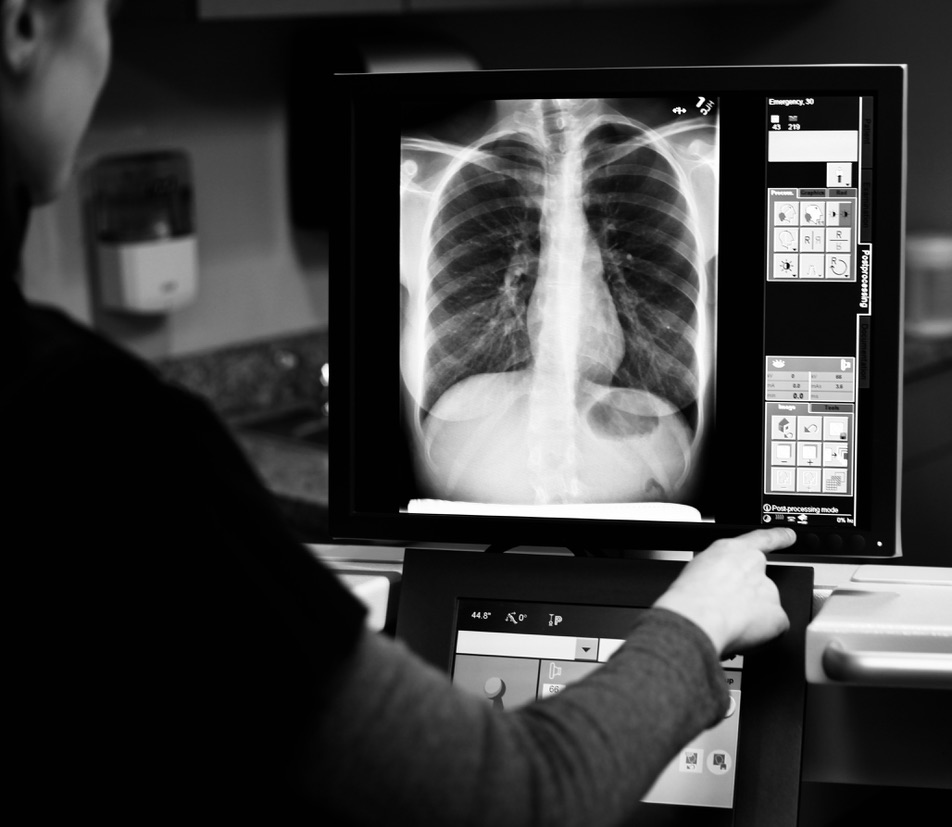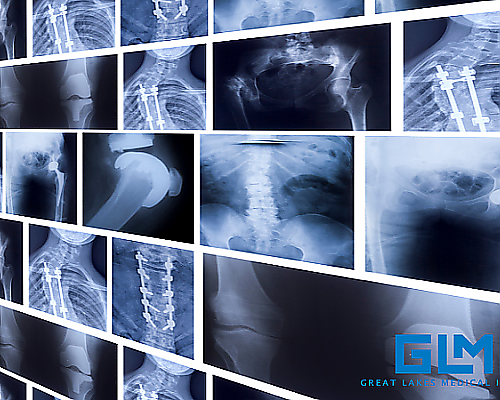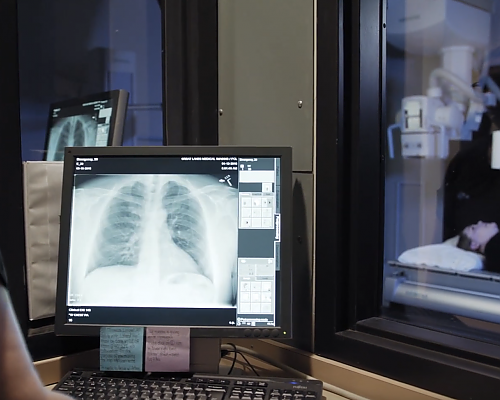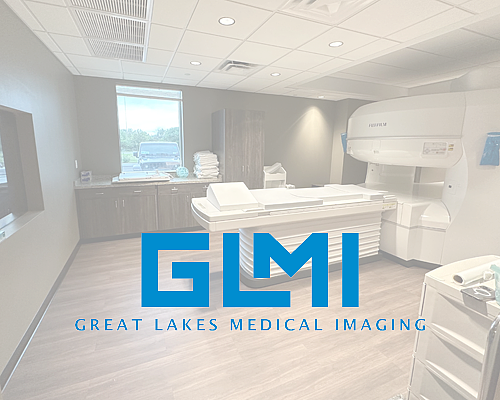Our Blog
Are X-rays Dangerous? The Truth Behind X-ray Myths

Medical imaging is essential to helping doctors confirm a suspected diagnosis and decide on a treatment path for patients. X-rays work by sending radiation energy through the human body, resulting in shadowy bones, organs, and tissues. Doctors rely on x-rays to determine whether an individual is dealing with a specific disease or illness. They’re also valuable for helping medical professionals assess the correct placement of tubes or other devices used to treat a condition.
Why is There So Much Worry About X-Rays?
The evolution of radiology changed the way doctors practiced medicine. Before that, they often had to rely on intuition and a thorough review of a patient’s medical history before diagnosing. That could lead to miscalculations that impact individual outcomes. Modern scanning technology puts the medical profession on the path to providing more accurate information to individuals and better treatments.
Some people get concerned about the idea of radiation entering their bodies. They worry about the potential of raising their risk of developing a disease or causing injury to themselves. Believing myths about x-rays being unsafe can lead to individuals avoiding medical imaging. Because of that, they might miss early clues about a medical situation that could severely impact their health and overall lifespan.
Therefore, medical professionals must make it a point to dispel myths about using x-rays. Educating patients about the relative safety of x-ray procedures helps alleviates their concerns and clear the path for them to undergo potentially life-altering medical imaging.
X-Ray Myth #1: X-Rays Are Always Dangerous
Any overexposure to radiation can lead to devastating effects. However, the amount of radiation in a typical x-ray is too low to cause issues. People are more likely to experience higher radiation levels when they take an airplane flight.
It’s hard to avoid radiation in everyday life. It’s present in water people use for cleaning and preparing food. The soil used to grow crops contains a form of radiation called radon. Human bodies also have natural radioactive materials. Special counters are available to assess the radiation levels within a person.
Imaging professionals that work in medical facilities and practices follow safety guidelines to ensure that patient’s never get exposed to more radiation than necessary. The staff provides special protective gear to limit the radiation that enters patients from an x-ray machine. Patients should always ask questions about the levels of radiation emitted during a session if they have concerns.
X-Ray Myth #2: People Become Radioactive After Having an X-Ray
The human body does absorb some radiation when the waves pass through from an x-ray machine. It’s how doctors can create images to perform an assessment and make a diagnosis. The amount of radiation sent to a body site depends on the sensitivity of the tissue or organ to x-rays.
Individuals do not become radioactive after undergoing an x-ray. Doses of radiation are measured in units called millirems (mrem) in the U.S. and millisieverts (mSv) internationally. People experience around three mSv of radiation each year naturally. In comparison, the level of radiation generated from a chest x-ray is only 0.1 mSv, similar to 10 days of normal walking around.
Below are other points of comparison for radiation levels:
- Body radiation — .29 mSv
- Soil — .21 mSv
- Cosmic radiation — .33 mSv
- Building material — .07 mSv
- Mammogram — .42 mSv
The radiation levels emitted by an x-ray are nowhere near high enough to make someone radioactive. Individuals with concerns about the effects of multiple x-rays may be able to reduce the number needed for assessment by making prior scans available to medical providers.
X-Ray Myth #3: All Scans Contain Some Form of Radiation
Sometimes people project their fears about x-rays to all forms of imaging. Certain imaging methods, like magnetic resonance imaging (MRI), do not emit radiation. Instead, magnets produce a powerful magnetic field that moves protons into the human body so they align with the field. Those protons get stimulated when the machine pushes a radiofrequency current through a patient’s body.
Images get created from the energy released by how protons align with the magnetic field. Nothing about that process generates any radiation. It’s always a good idea for patients to ask questions about how different imaging processes work and any possible side effects.
X-Ray Myth #4: X-Rays Are An Unnecessary Procedure
Science has come a long way when it comes to advancements in imaging. That doesn’t mean that x-rays have become an outdated technology. They’re still the most common imaging test conducted in the U.S. X-ray machines can be found everywhere, from dental offices to medical clinics. Doctors turn to x-rays to help diagnose injuries to soft tissue, teeth, and bones.
X-Ray Myth #5: X-Rays Can Make a Person Infertile
While high doses of radiation may cause damage to eggs or sperm, the amount used in x-rays is not enough to cause infertility.
Take Control of Medical Health
Patients should always feel free to ask questions about any imaging procedure a physician recommends. Understanding the process can alleviate fears that can arise from myths about x-rays.
‹ Back









